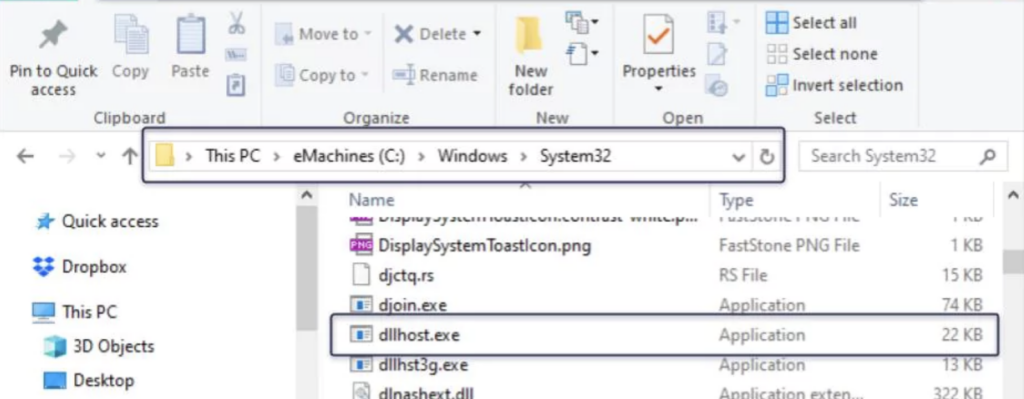Numerous users have been complaining about having issues with a legitimate Windows process, called COM Surrogate and its related taskhostw.exe.
Com Surrogate typically include
taskhostw.exe and dllhost.exe. It should be noted that the process itself is not malicious, but these issues could indicate a malware problem. You should be cautious if you notice similar abnormal behavior or see multiple instances of the process running, while being unable to close them.
The following article should help you to determine whether COM Surrogate is malicious or safe. Running an anti-malware scan may also be needed to make sure that your system is clean.

Details
| Name | COM Surrogate; taskhostw.exe |
| Type | Legitimate Windows process exploited by malware |
| Removal Time | Approximately 15 minutes to scan the whole system |
| Removal Tool |
See If Your System Has Been Affected by malware
Download
Malware Removal Tool
|
What Is taskhostw.exe?
The taskhostw.exe process is linked to COM Surrogate.

COM Surrogate, like we just mentioned, is a legitimate Windows process that stands for Component Object Model Surrogate, and is employed by Windows to allow various software components to function. These components, known as COM objects, enable different programs to extend their functionality.
The purpose of this process is to “host” these COM objects, which can sometimes be unreliable or crash. Instead of crashing the main program (e.g., Windows Explorer), the COM Surrogate process will crash instead, preventing the whole system from becoming unstable.
Is taskhostw.exe Malware?
No, the process is not malware, but rather a core part of the Windows operating system. However, malware creators sometimes disguise their malicious programs by using names similar to legitimate Windows processes like dllhost.exe. If you see multiple COM Surrogate processes running or notice strange behavior from them, it could be a sign of malware, especially if:
- The file path of
dllhost.exeandtaskhostw.exeis outside the legitimate Windows folder (usually found inC:\Windows\System32). - You observe unusually high CPU or memory usage tied to these processes.
- You experience random crashes or system instability that seem linked to these processes.

How to Check If COM Surrogate Is Safe
- Check the location: Use Task Manager (
Ctrl + Shift + Esc) to right-click on the COM Surrogate process and select Open File Location. The correct location should beC:\Windows\System32\dllhost.exe. If it’s located elsewhere, it could be malware. - Run an anti-malware Scan: If you are in doubt of a malware issue, we highly recommend running a full-system scan with a trustworthy anti-malware program. Such a program will detect and remove any malware instances disguising as Com Surrogate.


